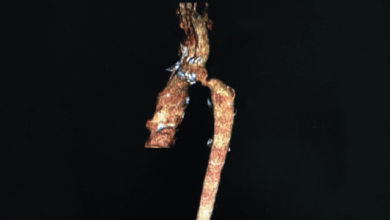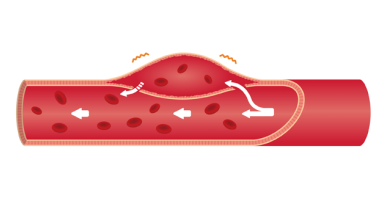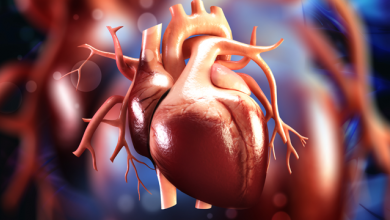Search results
Coarctation: A Review
Author(s):
Marc G Cribbs
Added:
3 years ago
Article
Author(s):
Duraisamy Balaguru
,
Rajiv Verma
Added:
3 years ago
Surgical repair has been the cornerstone of treatment for congenital heart diseases (CHD). However, cardiac catheterization has evolved from being a diagnostic modality to a therapeutic one in the past four decades. Application of catheter-based therapy has become the standard of care for some congenital heart defects, thus obviating surgery. This review will discuss congenital heart defects that…
View more
Author(s):
Harold Djodjo Kano
,
Wei Sun
Added:
5 months ago
Michael J Mullen
Job title: Consultant Interventional Cardiologist
Author
Author(s):
Catherine R Weinberg
,
Amier Ahmad
,
Boyangzi Li
,
et al
Added:
3 years ago
Dyspnea, palpitations, edema, and fatigue are common symptoms during pregnancy. For women with congenital heart disease (CHD), it may be difficult to discern whether symptoms are due to normal pregnancy or underlying cardiac disease. Although most women with CHD tend to experience successful pregnancies, morbidity and mortality are significantly increased with more complex CHD lesions.1–6 Women…
View more
Author(s):
Usha Krishnan
Added:
3 years ago
Pediatric interventional cardiology was born 40 years ago in 1966, when William Rashkind developed balloon septostomy in neonates with transposition of the great arteries.1 Almost a decade later, Andreas Gruentzig developed coronary angioplasty (between 1972 and 1976), which heralded an explosive era of interventional therapy for adults with heart disease, overshadowing the advances in…
View more
Author(s):
Els Troost
,
Werner Budts
Added:
3 years ago
The prevalence of heart disease in pregnant women is estimated to be between 0.1 and 4%; although the prevalence has not changed for decades, the relative contribution of different types of heart disease varies according to the study population and the study period. Nowadays, in developed countries the largest group of females with an underlying heart disease consists of women with congenital…
View more
Author(s):
Jonathan N Johnson
,
Frank Cetta
Added:
3 years ago
The last 60 years have seen significant changes in the care of congenital heart disease for both pediatric and adult patients. Increasing patient survival rates have widened the number and scope of potential patients seen by congenital cardiologists.1 These patients often undergo multiple surgeries, particularly since few lesions are truly ‘repaired.’ The majority of patients will have residua or…
View more
Foreword
Author(s):
Ankur Kalra
Added:
3 years ago
Article
Author(s):
Michael C Slack
Added:
3 years ago
This is certainly an exciting time to be a congenital interventional cardiologist. No doubt the later part of the 20th century laid the foundation for the new millennium; however, since the centennial celebration, several milestone events have already occurred and the future looks as bright as ever. In late 2001, the Amplatzer Atrial Septal Occluder System┬«, became the first device ever to…
View more














